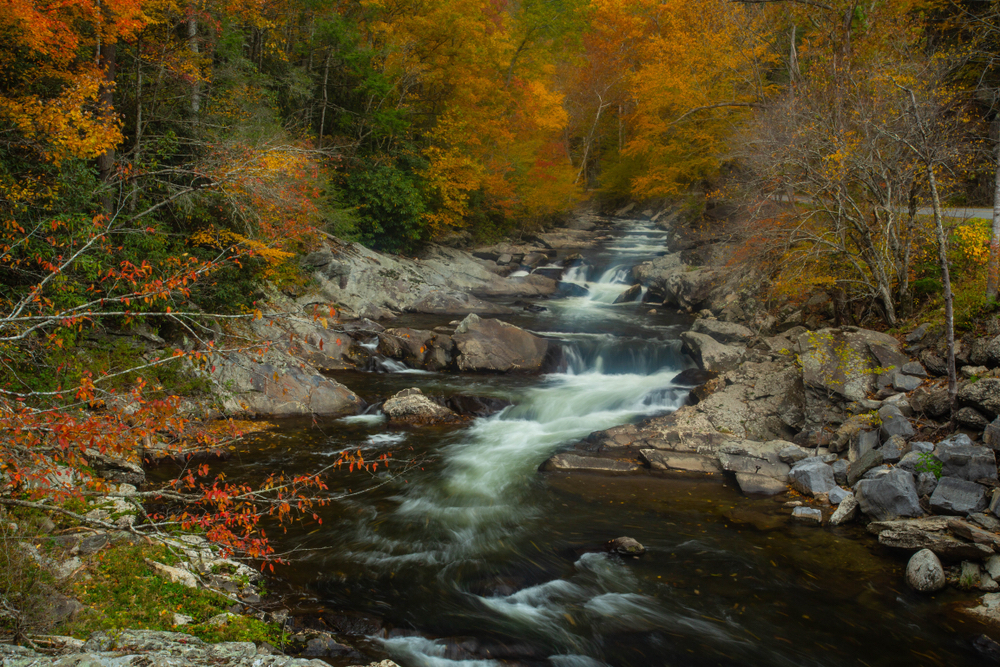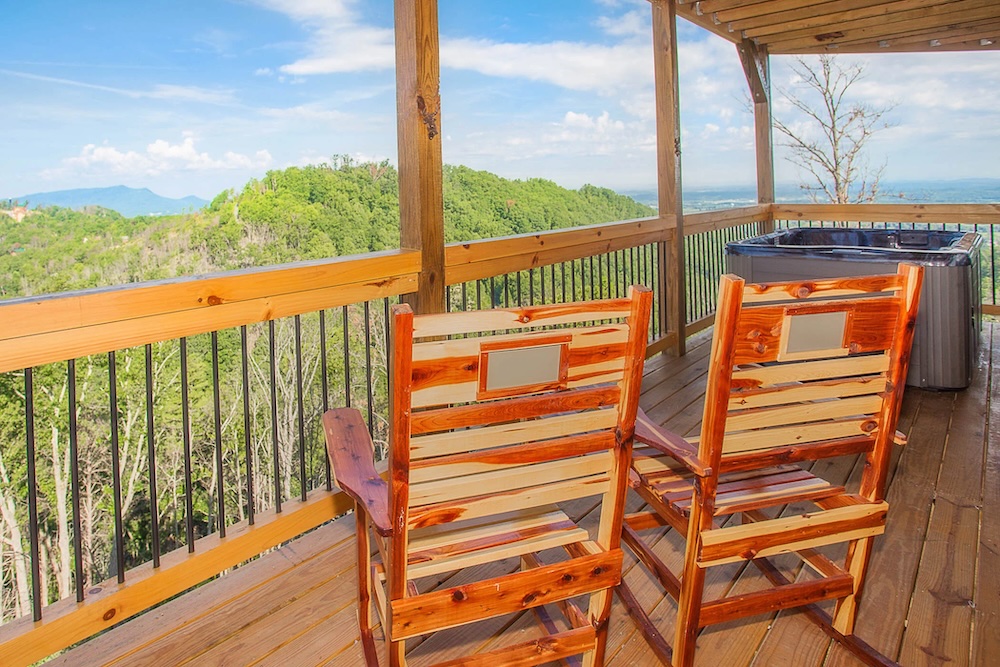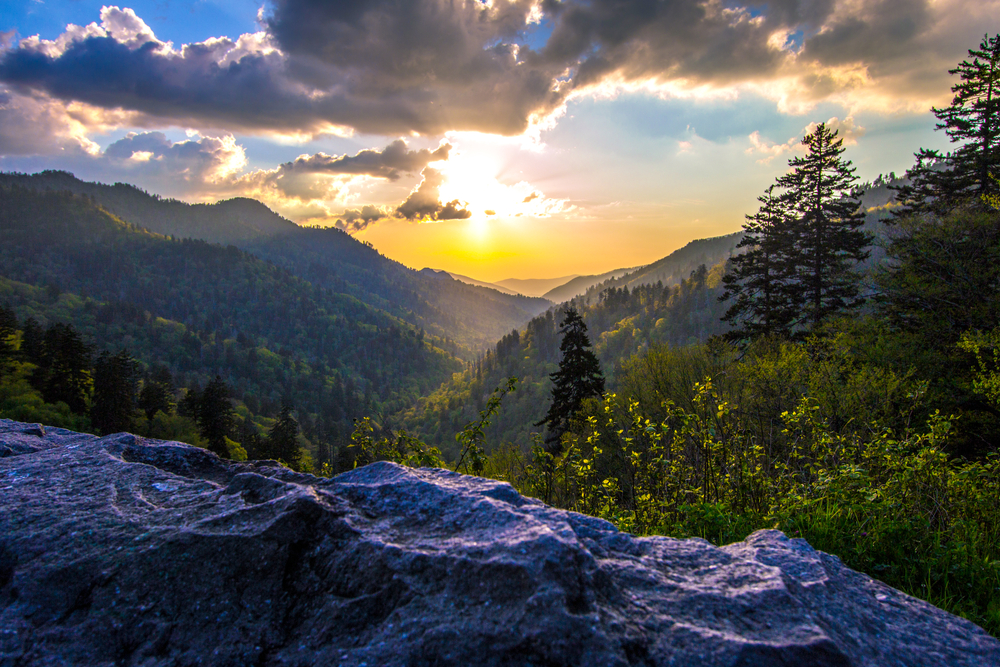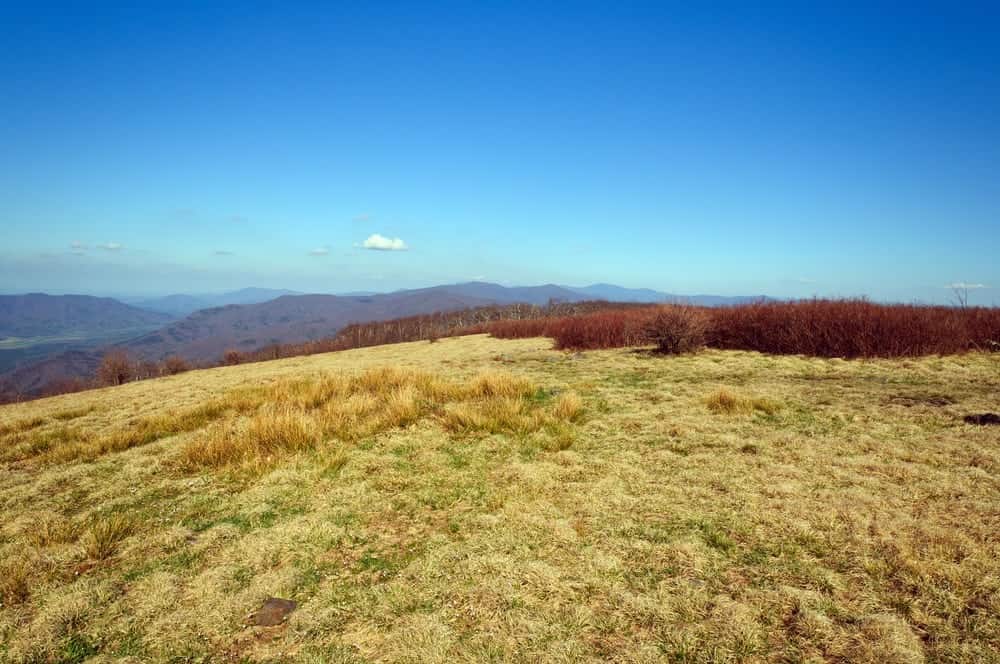
Did Woolly Mammoths Create Gregory Bald in the Smoky Mountains?
Anyone who has hiked to Gregory Bald in the Great Smoky Mountains National Park will agree that reaching the top of this mountain is a truly unique experience. What sets Gregory Bald apart from other peaks in the Smokies is that its summit is essentially a large open meadow, albeit at nearly 5,000 feet in the air. With no trees or rocks getting in the way, the top of Gregory Bald offers unobstructed panoramic views of Cades Cove and the mountains.
“Grassy balds” in the Smoky Mountains like Gregory Bald, Andrews Bald, Hemphill Bald, and Spence Field have puzzled humans for centuries. Why do these mountaintops look like prairie land when they should be covered with trees? While there isn’t total agreement among scientists, one compelling theory suggests that woolly mammoths played a major role in the creation of these balds. Visit My Smokies did a little research to bring you the origin story of Gregory Bald.
Cherokee Legends and Early Theories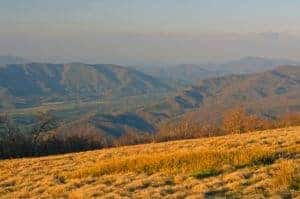
The first people to try to explain the existence of grassy balds in the Smoky Mountains were the Cherokee. According to legend, the mountains were once home to a fearsome winged beast known as the Ulagu that would snatch up children in its claws and fly away. When the Cherokee asked the Great Spirit for assistance, the deity sent a bolt of lightning into the Ulagu’s den, splitting off a huge chunk of the mountain. The Great Spirit also cleared the summits of the highest mountains in the Smokies so Cherokee sentinels could use the grassy balds as watchtowers in case of future attacks.
(See Also: 3 Cherokee Legends from the Great Smoky Mountains)
While not quite as interesting as the Cherokee’s explanation for grassy balds, scientists have also come up with a number of hypotheses over the years. Invasions of wasps, forest fires, powerful storms, and frost have all been suggested as possible reasons the balds are devoid of trees. However, none of these theories could be plausibly applied to all of the grassy balds in Appalachia.
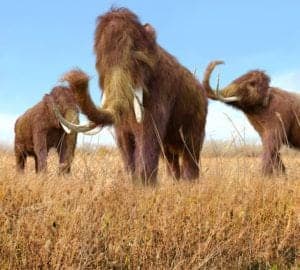 Mammoths and Mastodons
Mammoths and Mastodons
The most comprehensive theory for the origin of grassy balds in the Smoky Mountains begins in the Ice Age. During this period, the temperature was so cold that trees couldn’t grow on the summits of some mountains in the Smokies. These mountaintop meadows were popular grazing areas for “megaherbivores” like wooly mammoths and mastodons. The continued presence of these enormous elephant-like animals ensured that trees could not grow on the grassy balds.
When the mammoths and mastodons went extinct in the Smoky Mountains around 10 – 11,000 years ago, smaller herbivores like elk and deer moved into the balds. The grazing of these animals kept the meadows from being taken over by the forest.
Much later in the 1800s, farmers in the Smokies used the balds as grazing areas for their livestock. The grassy balds were good for grazing because the air was cooler in the mountains, there were fewer bugs, and it wasn’t necessary to fence the animals in because there were no crops in the area. Herders were paid to take hundreds of cattle and sheep to the mountaintops in early May, where the animals would stay until mid-September, when the livestock was sold in town.
Gregory Bald was named after Russell Gregory, an early settler in Cades Cove who used to graze his cattle in the grassy bald. Today, no domesticated animals graze at Gregory Bald, but the National Park Service works to make sure that trees don’t encroach into the meadow.
Hiking to Gregory Bald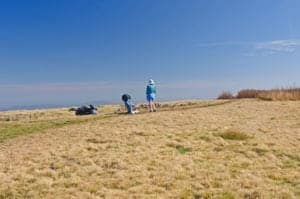
While you probably won’t run into any woolly mammoths during your hike, Gregory Bald is definitely worth a visit! In addition to stunning mountain views, the grassy meadow is also home to beautiful flame azaleas that come into bloom from mid to late June each year.
Gregory Bald is accessible from two trails in the Great Smoky Mountains National Park. The Gregory Bald Trail begins in Cades Cove off of Parsons Branch Road. This challenging hike is 8.8 miles round trip.
Other hikers prefer to take the Gregory Ridge Trail to reach Gregory Bald. This trail starts at Forge Creek Road in Cades Cove and is 11.3 miles round trip. Although this hike is longer than the Gregory Bald Trail, it allows you to avoid driving on the one-way Parsons Branch Road, which can make your trip back into town longer and more complicated.
To learn more about everything there is to see in the Smokies, check out our complete guide to the Great Smoky Mountains National Park!



